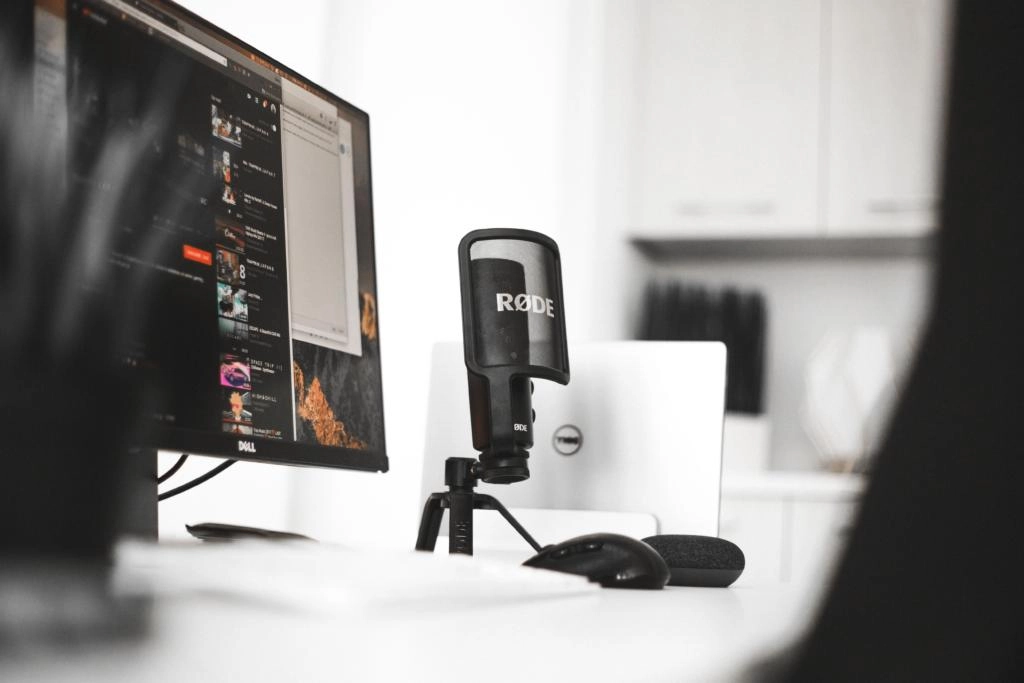As a course creator, how do you create great video content for your students?
It’s one thing to be an expert in a subject. But it takes an entirely different skill set to create video content that keeps your students engaged and learning for high impact.
If you’ve ever struggled in knowing how to create videos for your course content, today you’re going to learn some strategies to help get you past that hump.
Watch this free video below from video and course expert Lucas Bischofberger, to learn the essential keys for creating effective course content using video.
4 Important Elements For Effective Video Course Content
After using video to create a number of courses, Lucas identified four key elements to consider when creating videos for online courses. We’ll go over the main points in this article, but to get all the detail from Lucas, be sure to watch the free video above!
Element 1: Have a human presence in your video content
Demonstrating a human presence may look different from person to person, but the idea is that you want to show a bit of your personality in your content. By personalizing the learning journey, your students will be more engaged and invested in seeing it through to the end.
Think about when you were in school – which teacher made the most impact on you? In what classes did you learn the most? Were they boring, or hard to get to know? Most likely not. They were probably people who let you in a bit on who they were as a person. The more you can create opportunities for human connection, the better experience it will be for your own students.
There are a few ways you can do this:
Speak from the heart
For example, when recording your lessons or talking to the camera, try speaking off the cuff rather than reading from a script. This can make a huge difference for your listeners. Even though the quality of the learning material is the same, through this tweak in delivery you will build trust and a connection with your audience faster.
Infuse your personality
Another thing to try is sharing some facts about yourself. You don’t have to get overly personal and you don’t want to get your course off-track. But by being open about your life and what makes you unique as an instructor, you’ll infuse personality into your content and help humanize the digital relationship you have with your students.
Get in front of the camera
A final thing to try is putting your face on camera. Whether you have an office or home studio, setting up a simple background and filming yourself while talking on camera provides an anchor for your students throughout the learning journey. If you are walking through a lot of points on a screen, showing your face now and again will help break up the look and feel of the content.
Element 2: Have good audio in each video
Having good audio on your videos is paramount.
Have you ever had to watch 30 videos of a single course that had bad audio? Chances are, you wouldn’t stick around very long.
Spending a little bit of time researching good audio equipment and setup techniques will pay dividends in the long run. And getting equipment to facilitate good audio doesn’t have to break the bank.
There are a lot of options when it comes to choosing a microphone. Spend some time researching a setup that is not only within your budget but also easy enough to set up like a condenser USB microphone. Here are a couple of options to explore:
- The Audio-Technica, AT2020 USB, which retails for about $180. Just plug the USB into your computer, ensure it’s positioned to capture your voice, and you’re good to go.
- The Blue Yeti USB microphone that retails for $99, which is comparable in quality.
While having great visuals and lighting for your video is great, audio is even more important. Why? Think about how many times you close your ears in the middle of a video. Probably never, unless you pause the recording. If your students are writing down notes or glance away from the screen, having good audio means they will still be able to follow along with the lesson.
So do some research, and go get yourself some good audio.
Element 3: Directing your audience’s attention
If you’re recording yourself or your screen in your video lessons, it’s worth looking at ways to direct your audience’s attention to the visuals on screen, to keep your content flowing in an engaging way.
If all you do is record audio over top of a powerpoint presentation for 25 minutes, your students will have a really tough time following along.
There are different ways to direct attention to parts of your in post-production depending on what program you use. In Lucas’s example in the video above, he uses ScreenFlow to create fluid movements that include focusing in on details, zooming out, and emphasizing content by adding call-out boxes or slowly moving elements across the screen.
These tools are a great way to keep viewers focused as you move through your content. Think about turning your screen into a canvas, and aim to keep things moving in a slow, consistent way.
To see a demo of how Lucas uses ScreenFlow to direct attention using different call out features, watch the free video above!

Element 4: Consistency
This element is all about giving your students a consistent experience when they sit down to learn from you. While your definition of consistency will differ from another’s, there are some common elements you can consider to create a consistent video experience.
For example, look for ways to create a distinct look and feel of your video format. This could mean that you start with the same intro to get students situated or end them in the same way. Perhaps there’s a certain camera angle, content position on screen, or audio volume that works well.
With every project you work on, aim to recreate it using the same format. Take note of what seems to work well with your audience and repeat it. Preserving this consistency will help your students jump right back into the learning process, wherever they left off. Your goal is to make it seem like you sat down and recorded all of your content in one sitting.
Conclusion
If you implement these four elements into your video creation process, you will have a good foundation for keeping your students engaged along their learning journey. Of course, depending on the topic of your online course, there may be other elements you’ll want to consider to make sure your video content is the most effective it can be.
Always remember to put yourself in your audience’s shoes. If you were learning the same topic from someone, what things would you like to see in a video? What would make it easier for you to learn? If you focus on those things, creating great video content for your audience will become much easier.
Want to learn more about how you can build and launch your online course? Sign up for the Thinkific Success Summit, a free online course creation conference!
If you would like to try the Screenflow software Lucas uses in the demo, use this link to apply a discount code on sign up.







